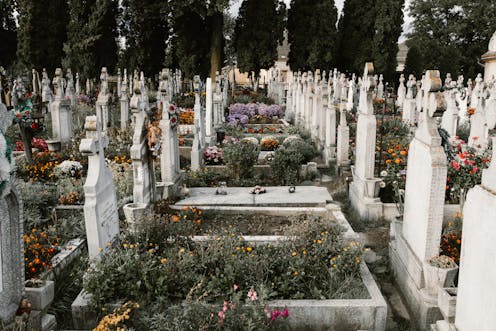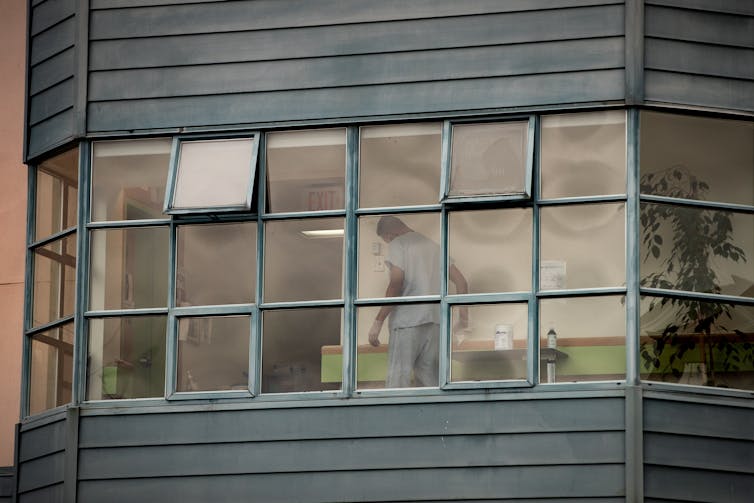
When considering what a “good death” is, most people in North America would likely say something along the lines of living to at least 75, and painlessly passing away at home in their sleep would constitute a good life and, most importantly, a good death. One of the key features of the “good death” narrative is being at home.
So, what do we mean by home and how important is the idea or feeling of “being at home” to a good death?
Home is more than just a structure. It is textures, smells, sounds and atmosphere. It is a sticky table that brings you back to your first day of school when you held your brother’s hand as you both walked to the bus or a smell that reminds you of the first time you baked cookies with your grandmother and danced around the kitchen singing along to Cher.
Home is nothing, but everything, especially at the end of life.
Death used to be treated as a public event, but as our society has become more individualistic, it has shifted to being a matter best dealt with in private by ritual specialists — like an embalmer or funeral director — and close family members.
As the home is thought of as being the most intimate private space we inhabit, it should not be surprising that most people wish to seek “home” in the dying process. To die outside of home is seen to be a failure — a bad death.
The pandemic changed the lives of many people. Isolated from friends and family, away from home, many people didn’t have access to a “good death” — especially those in care homes. So its important to reflect back on this idea of a “good death” and how we understand what home and family mean.
No longer an ‘uncomplicated’ death
Since the 1920s and ‘30s the government has increased its control over funerals and end-of-life treatments. This became an even greater concern in the 1950s and '60s, when advancements in medical care meant that people who would have previously had an “uncomplicated” death now found themselves entangled in, and dependant on medicine.
With an aging population and medical advancements, the reality is that as people age, they are likely to find themselves being put in the role of “patient,” where their death will be medically mediated.
This means that even if they are able to be at home, their health is being medically determined, with the end result being that the amount of control they have over their own lives and final care has become complicated.
The ideal narrative of living to 75 and passing away at home quietly and painlessly while asleep is becoming increasingly difficult to realize.

No longer at home
The fear of not having a “good death,” by dying at home among family members, has become a very real concern — especially during the pandemic.
Before COVID-19, people who lived in places like care homes would still be invited to gatherings or enjoy the occasional visit from a loved one. Their social death was isolating, but not devastating.
Read more: Non-profit long-term care homes have lost too many residents to COVID-19
During peak restrictions, senior living and care facilities were locked down. This resulted in family members feeling helpless and those living in care facilities feeling hopeless.
The shutdowns, intended to keep them safe, caused many to long for a home that wasn’t restricted — some even opted to choose medically assisted death in the face of additional lockdowns.
An evolving 'good death’
In the Netherlands, home is thought of as not just being a physical space, but is seen as a state of being in the family.
Isolated from their families during the pandemic, many individuals found themselves no longer being in the family. The social death they were experiencing was felt to be far more painful than any fear or concern they had about their own biological death.
As we reflect on what life means to us in this post-pandemic shuffle, we need to also contemplate what a “good death” is. For some, that may mean opting for quality of life and control over how, when, with whom and where it ends through end-of-life programs like MAID (Medical Assistance in Dying).
The pandemic will forever change how people understand what home and family means, what their role within the family and home is, and how to be in the family and in the home, in whatever form that may be, for their passing.
Charisma Anne Thomson does not work for, consult, own shares in or receive funding from any company or organisation that would benefit from this article, and has disclosed no relevant affiliations beyond their academic appointment.
This article was originally published on The Conversation. Read the original article.







